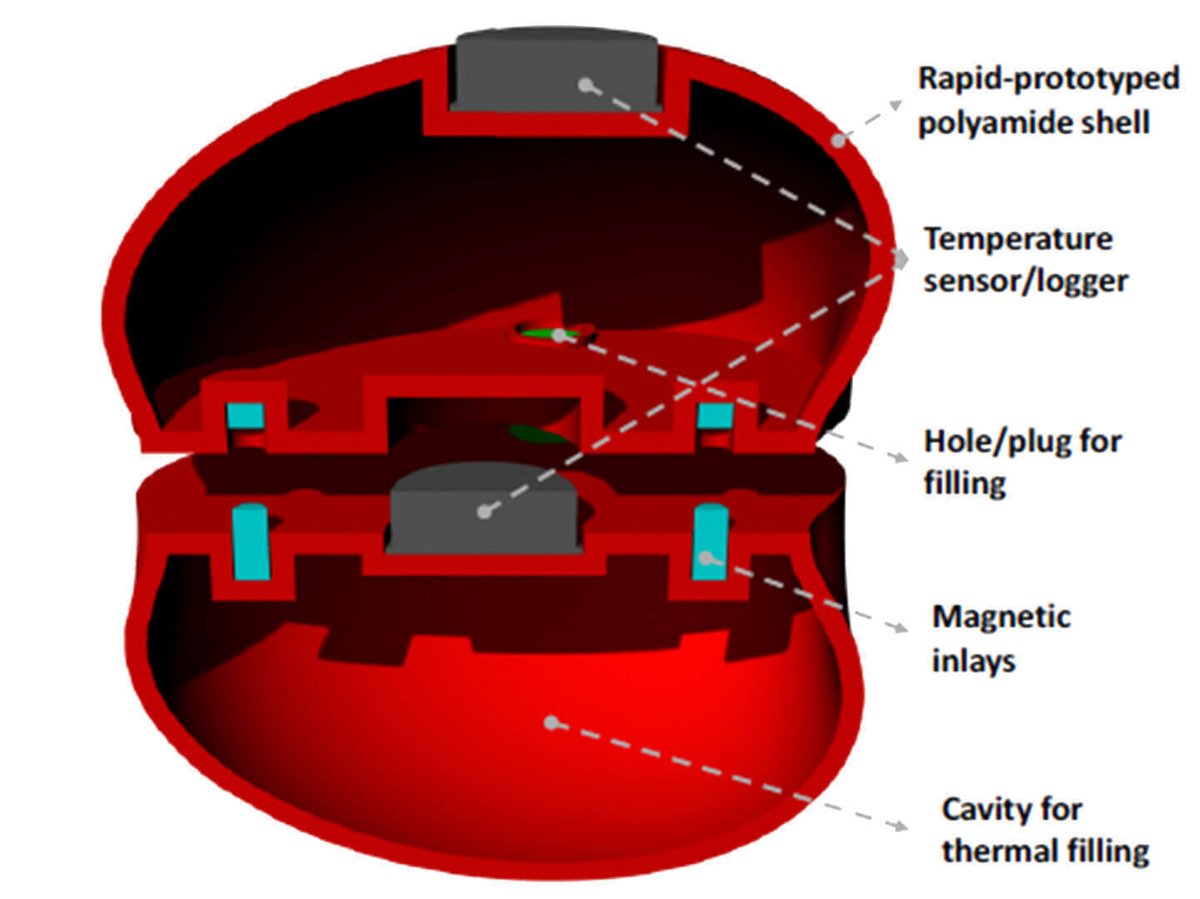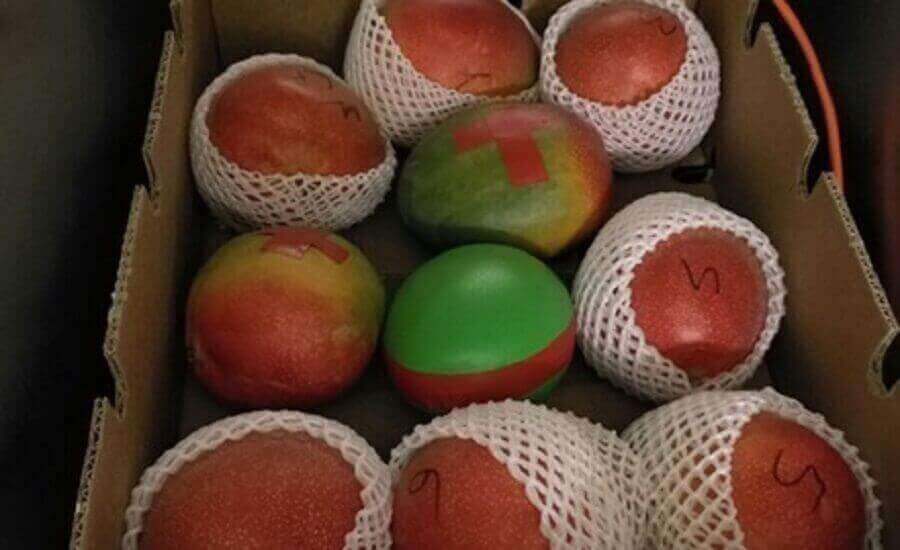Researchers are exploring ways to make fruit great again; a 3D printed apple or mango which can monitor thermal responses in transit
In the near future you may find an artificial fruit hidden alongside your apples, mangoes and bananas, closely resembling the produce in the box.
That’s because farmers want more accurate monitoring of their produce — specifically the pulp temperature history — to maintain quality as it travels from the orchard to the supermarket.
Current methods are complex. The typical approach is to slice open an item of fruit and insert a sensor inside, then put the “spy fruit” back in the box. But because the fruit is damaged, this often leads to distorted, unreliable results.
In a quest for simplification, researchers from Empa, the Swiss Federal Laboratories for Materials Science and Technology are developing a artificial fruit that can house an array of sensors. So far, they have designed, manufactured and tested a 3D printed apple and a 3D printed mango.
Sharing their work in the Journal of Food Engineering, their thesis is that “the artificial fruit is especially of interest for monitoring fruit pulp in precooling facilities, cold stores, ripening facilities and refrigerated containers.”
How so? Because it turns out a 3D printed apple is pretty good at matching the thermal response of real apple. Plus, the shell is a close simulacra of the fruit’s size and color.

A 3D Printed Apple Won’t Taste as Good, Though
With a rapidly protoyped polyamide shell, researchers can make an object that closely resembles a fruit in shape, texture and color. They then fill the shell with a mixture that has similar thermal properties as real fruit.
As well as the mixture, the researchers include two “self-powered data loggers with a built-in sensor”. The reason for the camouflage and secrecy is to ensure handlers of the box don’t use special care. Instead, the hope is they treat the boxes in the same way as usual, giving more reliable data.
So far, the researchers have manufactured a prototype successfully. They explain:
“A particular advantage of the artificial fruit is that it can be packed directly with the fresh produce in a commercial setting, by which multiple locations inside the cargo can easily be monitored. This novel sensor system thus provides an improved method to identify heterogeneities in cargo cooling, and associated quality issues.”
To find out more, head over to the Journal of Food Engineering. But keep your eyes peeled the next time you pick up a delicious looking apple. You may accidentally chomp into a fake fruit in disguise.

License: The text of "Researchers Invent 3D Printed Apple to Monitor Fruit in Transit" by All3DP is licensed under a Creative Commons Attribution 4.0 International License.